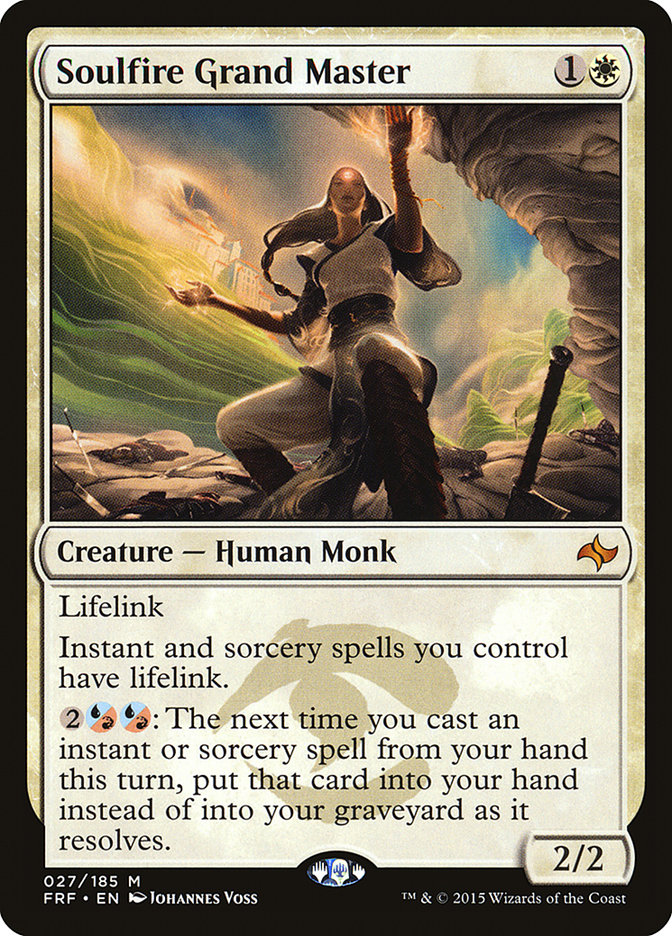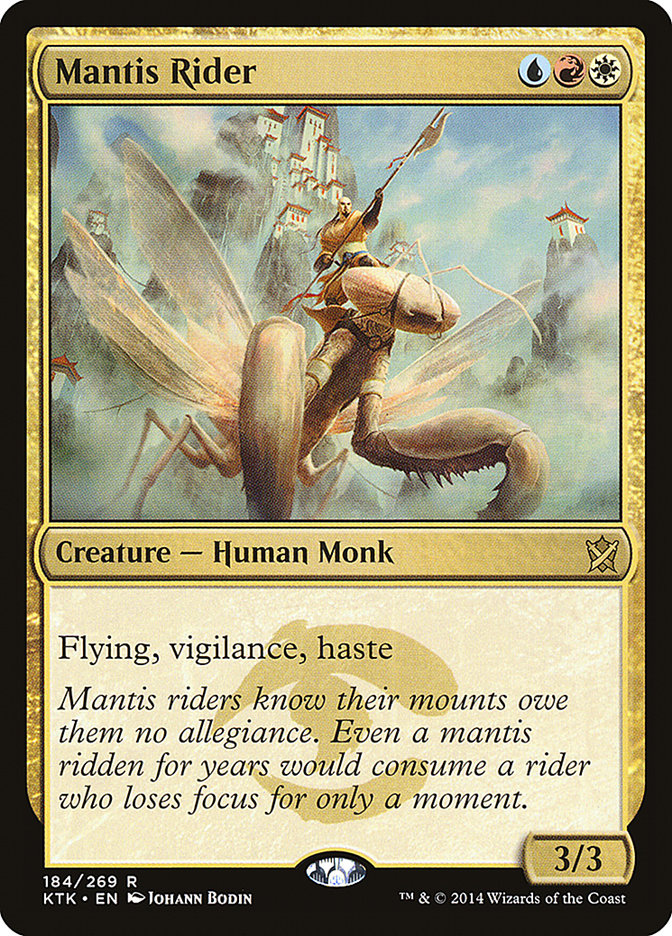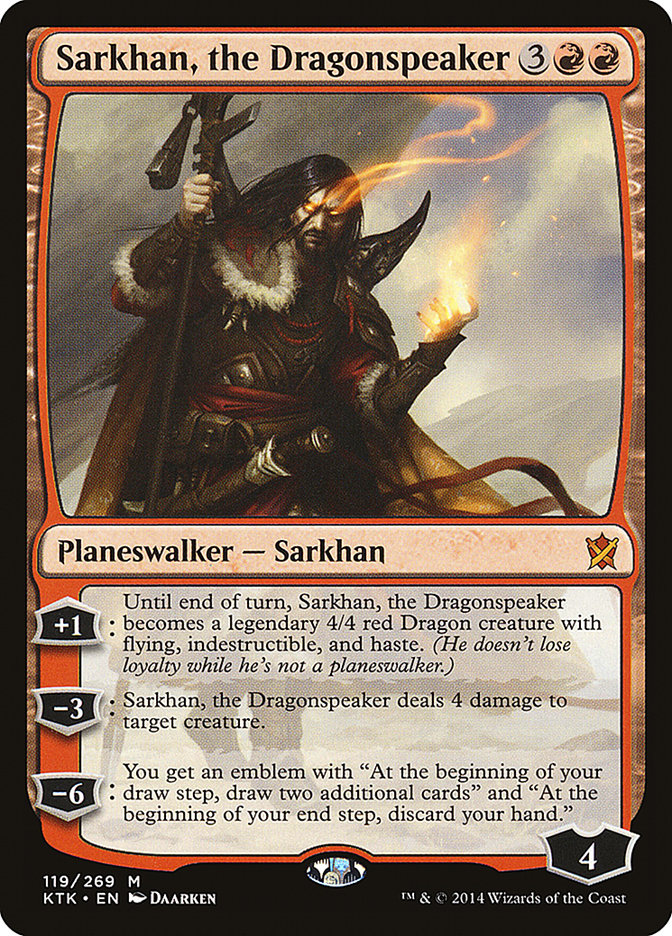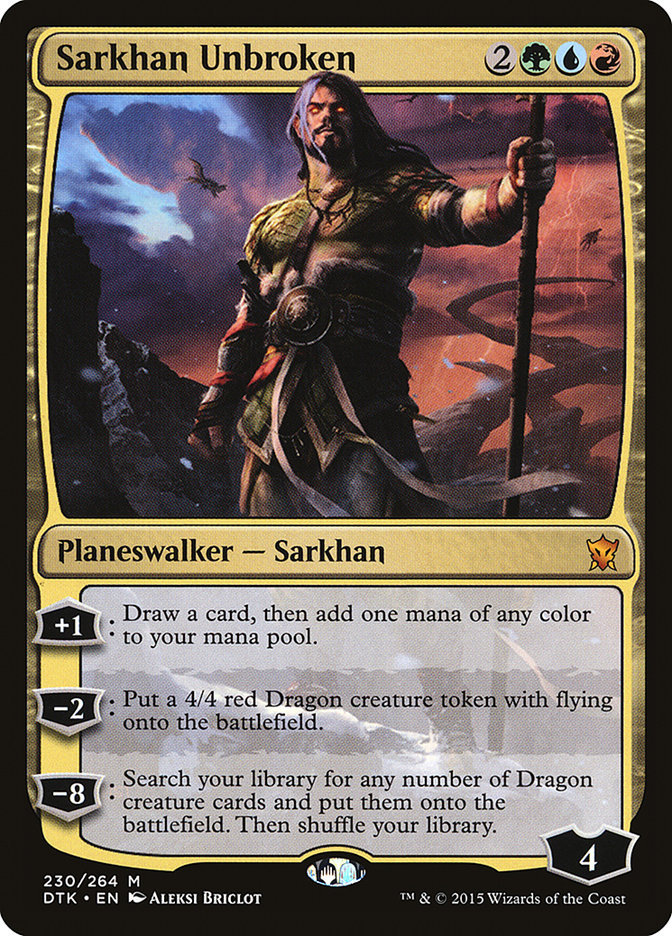Let’s get this out of the way.
I lost a lot this last weekend for a lot of different reasons. About 70% of them were my fault.
I felt terrible all weekend. This was mostly my fault. I overstressed myself traveling, testing, and working over the last month and a half. In the weeks prior to the event I wasn’t managing my sleep and caffeine schedules well. I didn’t pay attention to being around things I’m allergic to, which resulted in me sleeping terribly and being fuzzy-headed all day.
My drafts were mediocre. Part of this wasn’t my fault. I got cut out of Affinity after slamming Etched Champion in Modern Masters 2015 draft and then cut out of red after slamming Chandra, Fire of Kaladesh in Magic Origins. A large part of this was my fault. I was too hesitant to move into blue in Modern Masters because I hated the color outside of Affinity and I didn’t know to draft certain synergy packages that would have made my deck good, like grabbing Vapor Snags when possible to go with my two Spitebellows. I had the same issue in the same color combination in Magic Origins: I made some loose picks that lowered my overall card quality in my U/R Artifacts deck and incentivized Brad two seats to my right to also move in on an Artifacts theme. I also made some real loose early-game trades when I could have possibly leveraged my creatures being in play better later, specifically losing a Soulbright Flamekin and immediately drawing a Inner-Flame Igniter to combo once and then later trading off the same Goblin Piker only to sit for a ton of turns doing nothing with a Lightning Bolt and Stoic Rebuttal in hand. Had I just traded off the Bolt and kept the dork, I could have applied relevant pressure and come closer to winning the game before likely still dying to Elesh Norn. I also mulliganed a lot, most notably starting my first three games of the event with five, six, and then four cards, but I also drafted decks that had awkward curves and creature-spell splits that led to said mulligans.
My Constructed decks… I have actual no idea. Clearly they were both good and bad if Seth could go 7-1 with approximately 145/150 of the same cards I went 0-8 with. I just played horribly and ran at or below expectations to not be bailed out. I punted two games of Modern and punted two matches of Standard by sideboarding for an old version of the same matchup.
I think the end verdict is that I should be paying more attention to gameplay than deck choice for these late-format events, especially this one. I’ve spent so much time getting better at figuring out how to win at the undefined formats of Pro Tours that I have lost some of my ability to do this. At a Grand Prix I might be able to brute-force some wins because I punt less than my opponents, but at this event particularly, that just isn’t going to happen. Regardless, once all the decks are refined it’s a lot harder to find a real edge in matchups. Most of the edges are gained via sideboarding and planning to beat specific cards or opposing plans, which in turn rewards flexible technical play over the kind of Magic I’m used to playing.
I don’t know when the next time I’ll get to play in Worlds will be, but I’ll certainly be more prepared for it next time around.
Worlds’s Unique Structure
Worlds is just the most unique event I have ever played in. It’s really like nothing else I’ve experienced in Magic, though there’s a possibility the StarCityGames.com Players’ Championship is close.
First of all, four formats is borderline impossible to prepare for in the sense that I’m used to preparing for formats. The problem is that not preparing for one of the draft formats can easily lead to an 0-3 trainwreck, as evidenced by Yuuya trying and failing to force G/B Elves in Magic Origins as his throwaway format. That means you have to “throw away” a Constructed format but still pull at least a 2-2 record in it. It also has to be whatever format the playoffs isn’t, so basically Modern at this event.
Metagaming in the traditional sense is almost impossible. Pairings at this event are not you randomly sampling a large pool of options that is approximately some known percentages of each archetype. Because the pool of decks is so small and the archetypes so clustered by testing groups, you see things like this year where Living End was 18% of the field and there were zero Grixis decks in Modern. Your pool of matchups can change drastically because one person’s choice infects their small group. At most you can predict that people will play more conservative decks that sideboard better in the top four’s format because they want to win best-of-five-game matches, but even then someone might try to spike through a lack of hate like Team Thommo did here with Atarka Red, assuming everyone would be light on red hate or targeting the burn-heavy lists.
The old “play until they tell you to stop” adage applies, only to everyone and not just the winners. There is a Pro Point on the line in each match of the Swiss, and you are playing for that prize regardless of whether you are 12-1 or 1-12. This is extremely jarring compared to the fact that winning the finals is a $30,000 match, and I have no idea how to handle the competing forces of “winning the event is massively better than any other record” with “7-7 is massively better than 2-12.”
There’s also a lot of little things that just remove the “high-stakes event” feel from Worlds too. Lunch is in back, breakfast is ready mid-draft, there aren’t appeals because all the judges are head judges who are also able to run around and drop off tokens as needed, how is it even humanly possible to run out of time in 60 minute rounds, and so on.
Honestly, it almost doesn’t feel like an event and instead feels like drafting with your friends at the local store. I’m not sure if that helps or hurts, but I do know it makes for a bizarre tournament experience.
Standard
We opted to play Abzan Control at this event because it was the best five-game-set deck in the format. You can shift so well between which answers and threats you want for each matchup or even each game on the play or draw that you can probably find a way to beat anything with a day to test for a specific list.
Of course, that didn’t stop me from making sideboarding mistakes in the Swiss rounds.
I had experience playing with Jeskai and felt like I knew the things the deck lost to out of Abzan based on my terrible performance at Grand Prix Providence. Shred their hand with Thoughtseize, keep jamming big threats until they run out of answers or you can create a mismatch like Roast versus Elspeth, Sun’s Champion.
Except this card had to come ruin all the plans:
Turns out it is a lot harder to create mismatches and run your opponent out of stuff when they have Merfolk Looter + Snapcaster Mage. While one of my losses to Jeskai was basically “lost die roll, got Rabbled,” the other was 100% “couldn’t kill an early Jace.” Not only does the Jace itself make it a struggle to play the grindy game Abzan enjoys, but the rate at which it accelerates your opponent into Dig Through Time also makes it hard to take advantage of early lapses.
I was shaving on Abzan Charms in the matchup, but I think you have to play them as a full-on card advantage fight where you also overload on ways to handle their early threats. If you aren’t deploying threats, an on-board Jace, Telepath Unbound actually doesn’t do that much -3ing to gain card advantage. Similarly, Ojutai’s Command is not that great of a card unless you are using the Essence Scatter mode. There’s some amount of precautions here that have to be taken if you are also trying to beat Stormbreath Dragon, but fortunately Ultimate Price exists to solve all problems except Mantis Rider, which dies to Abzan Charm. In this position, Thoughtseize is only used early if you want to stop a potential Jace, Vryn’s Prodigy and held late as a positioning tool against Dig Through Time and Ojutai’s Command.
Why am I spending so much time talking about a dying format? It turns out all of the cards I just listed with the exception of Thoughtseize, Stormbreath Dragon, and Goblin Rabblemaster are all still in the format after Battle for Zendikar hits. If you think Siege Rhino and Jace are done doing their matchup-positioning dance, you are really thinking idealistically. You are probably going to have to wait until April comes and Siege Rhino and Dig Through Time leave the format before any of that changes up, and odds are that Jace will still be a great Magic card then. Seriously, five loyalty? Who thought that was a good place to start for a two-drop?
On the subject of planeswalkers due for a comeback, Brad and I spent a lot of time on G/R Dragons this last week. It was a little too unexciting against Abzan, but we had a bit of a discovery that leaves me very interested in its future potential.
Early in testing, we wanted to see how a Jeskai Dragons list from a recent event paired up against the G/R Dragons deck. The Jeskai cards were naturally pretty bad against 4/4s with Protection from White, but adding your own Dragons meant you could at least match the G/R deck’s threats. For some reason Brad didn’t own eight Stormbreath Dragon and let me know he was going to be throwing in a different card as proxy. In passing, I brought up the old Shadowmage Infiltrator/Psychatog story where Psychatog was discovered as one of the best creatures of the era because people used it to proxy Shadowmage Infiltrator and realized it would just be better when staring at the card in hand. A bit later we were looking for an extra threat for the Dragons deck that wasn’t Xenagos, the Reveler and I knew exactly what to suggest.
We ended up drawing the one-of Sarkhan three games in a row against Abzan Aggro and crushing them with it each time. It turns out that Flametounge Kavu/Stormbreath Dragon is a good split card. Sarkhan has just had to exist in the shadow of Stormbreath Dragon for too long. If you aren’t ramping into the cards it’s very likely that Sarkhan is just going to die to their second attacker, and for so long you just couldn’t play G/R because you couldn’t kill relevant creatures (read: Siege Rhino). When Roast was printed, so was Draconic Roar, and Sarkhan was stuck as a second stringer as long as you couldn’t reveal the card to build a Searing Blaze.
Seriously, Stormbreath Dragon leaving the format might be the biggest shakeup beside the Temples and Courser of Kruphix getting kicked to the curb. There are so many five-drops that just aren’t played because they are worse than a 4/4 Flying Haste with multiple bonus abilities, and quite a few removal spells that are suppressed because they don’t interact with the card. See also how Valorous Stance actually was terrible against the aggressive version of the Dragons deck which only had Thunderbreak Regent as a target.
Really, I’m just looking forward to this card having a chance to shine:
Mana, cards, Dragons? Who cares if it doesn’t have an ultimate, the card is awesome!
Modern
There isn’t a lot of intricacy to G/W Hexproof. The deck bashes the stock Grixis decks and is ahead against Twin, Burn, and Affinity. Jund isn’t a great matchup, but Leyline of Sanctity works miracles when you draw it. The big shockers were that Amulet Bloom and Grishoalbrand were both fine matchups, but Merfolk was actually pretty bad. It turns out that Amulet Bloom struggles when Primeval Titan is a chump attacker because you are facing down a 9/7 First Strike Slippery Bogle with Vigilance, and the specific hate set of Gaddock Teeg and Suppression Field shuts off a lot of Grishoalbrand’s angles.
On the other side of the coin, Spreading Seas is really good against your land-light deck that needs to make green on turn one and double white on turn three. The Merfolk clock also grows bigger faster than G/W as it is exponential. Each random Umbra only adds one or two power while the Lord math is exponential growth (2, 6, 12, 20, etc). You can clock them out with fast Daybreak Coronet plus Rancor draws, but if you don’t have Trample or Protection from Creatures, Master of Waves will buy them way too much time.
You also can never beat Living End. I tried the whole don’t sideboard in Rest in Peace, loop Kor Spiritdancers thing. I got Faerie Macabre’d. It sucked just as much as you think it did.
Enough about a metagame deck in a bizarre metagame, let’s talk about the bigger long-term issue here: Modern with the Vancouver mulligan rule.
In a bizarre twist I actually love Scry mulligans in Modern despite hating them in Standard, but it might be just some bizarre commentary on the way the format is structured.
People were playing the linear, redundant decks with some inherent fail rate a ton in Modern already because they are so powerful when they work. It isn’t just turn-three Xenagos, the Reveler like in Standard, your nut draws are turn-three Karn Liberated, turn-two draw your deck with Griselbrand or attack with Primeval Titan, or really whatever floats your boat.
The difference is that these decks’ bad hands actually just don’t play Magic. The “bad hand” you ship in Standard due to the Scry mulligan rule usually looked like a hand of solid spells that was just worse than the best your deck can offer:
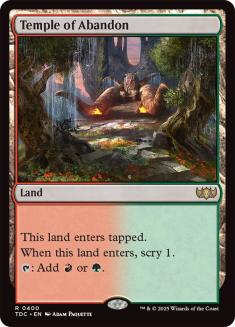


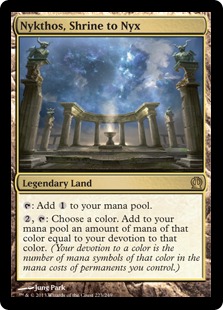
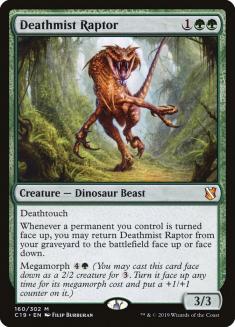
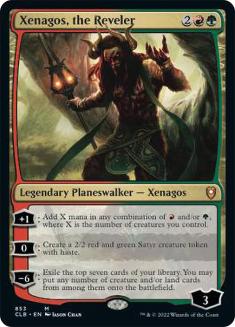
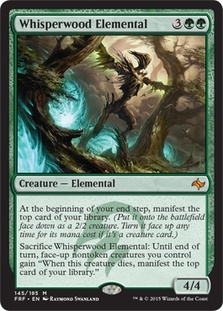
While the good hand is just a little more aggressive about doing the same thing.




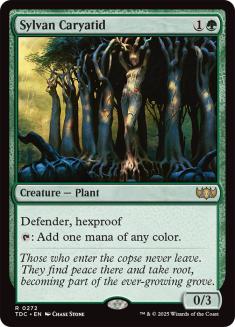
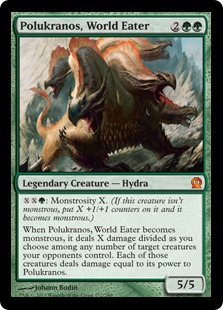

In Modern the keepable hands look like this:

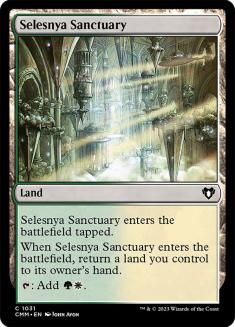
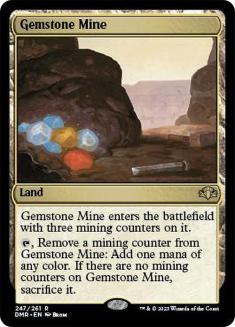
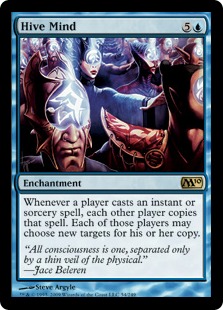
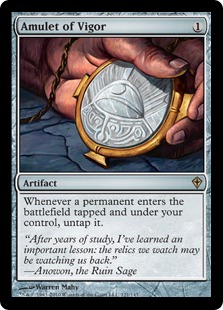
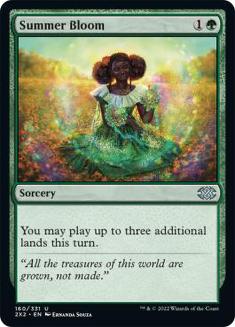
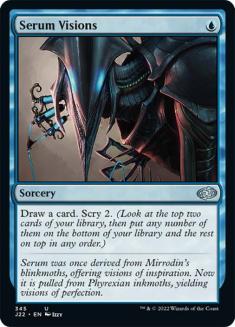
While the low-end hands are really a different game:
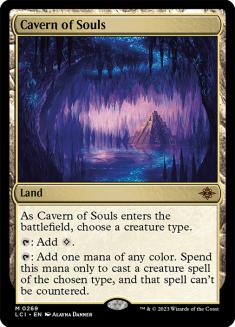
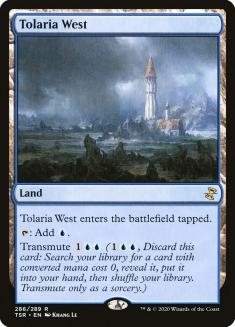

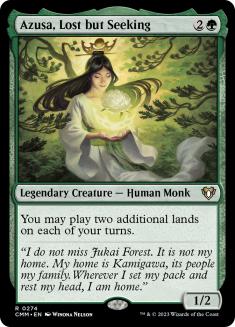

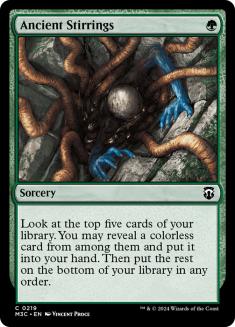

This makes for some pretty bad Magic. Some games you just die on turn two, but sometimes they literally just don’t do anything. In Standard, the low-end hands at least get to play some scrappy games.
Yes, this does make it more likely decks will nut-draw you. If the deck could reasonably kill you that fast, maybe it was already breaking the rules of the format and only being allowed to still exist because it only did that 35% of the time instead of 45% of the time. In the end, the play experience is still the same levels of miserable: you die and can’t do anything or they do nothing, so who cares about that 10%? If you have to ban something that probably shouldn’t still be legal, that’s an acceptable cost for letting people play the games they signed up to play.
Battle for Zendikar
The other big thing from this weekend was the PAX Battle for Zendikar preview show. While I’ll have a lot more detailed thoughts about this later, here are my first instincts on seeing the cards revealed so far:
Fetchable dual lands are going to change Standard a ton. The biggest shift is that they don’t directly support the Wedge mana of Khans the way Temples did, so decks are going to look way different. There are now reasons to not play Siege Rhino, or more likely just play Siege Rhino with more multicolored cards.
Awaken is not a joke. Standard has been missing a Shriekmaw for a long time, and Ruinous Path is the Hero’s Downfall version of that card.
But more than anything, I really am not looking forward to playing against this card in Limited. Really guys? Really?
Really?

